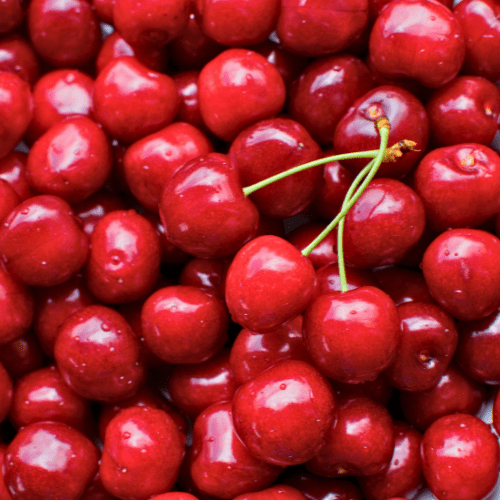Position
Choose a sunny location with well-drained soil. Coconut trees thrive in tropical or subtropical climates with high humidity and plenty of sunlight.
Size
These trees reach heights of 7-10 meters, significantly shorter than the standard coconut tree, which can grow up to 30m tall.
Soil Type
Slightly acidic to neutral soil with good drainage. Prepare the soil by mixing in organic matter to improve its fertility and drainage.
Dig a hole that is twice the size of the pot in which your coconut tree is currently growing. Make sure the top of the root ball is level with the ground surface when you plant it. Space multiple trees at least 7-10m apart.
Mulch
Add a thick layer of pine bark mulch, keeping it about 20 to 30 centimetres away from the tree trunk (any closer may cause excess moisture and damage the trunk). This will retain the moisture in the soil and will prevent weeds from taking over.
Watering
Coconut trees need consistent moisture, especially when they are young. Water the tree regularly to keep the soil moist but not waterlogged. Once established, coconut trees are drought-tolerant.
Fertilising
Apply 1 teaspoon of our slow-release nitrogen-rich berry fertiliser every 4-5 months.
Pruning
Prune your coconut tree to remove dead or damaged fronds (leaves). This helps the tree allocate more energy to fruit production and maintain a pleasing appearance.
Pests & Diseases
Aphids, citrus psylla, red scale, citrus greening. Spraying regularly with Agricultural Neem Oil or Effective Microorganisms (EM Control ) will assist in either prevention or after the fact. If you already have aphids or mites, wash the tree with a harsh hosing, and when dry, spray with Neem oil or EM Control.
Practice good garden hygiene (remove fallen fruit and leaves).
Watch for root rot (if overwatered) and fungal infections during wet periods.
Harvesting
Coconut trees typically start bearing fruit after 3-5 years, and the fruit matures in about 12 months. Harvest coconuts when they are green to greenish-brown, as they may start falling when they ripen. You can use a long pole with a hook or hire a professional to help with harvesting if your tree is too tall.











